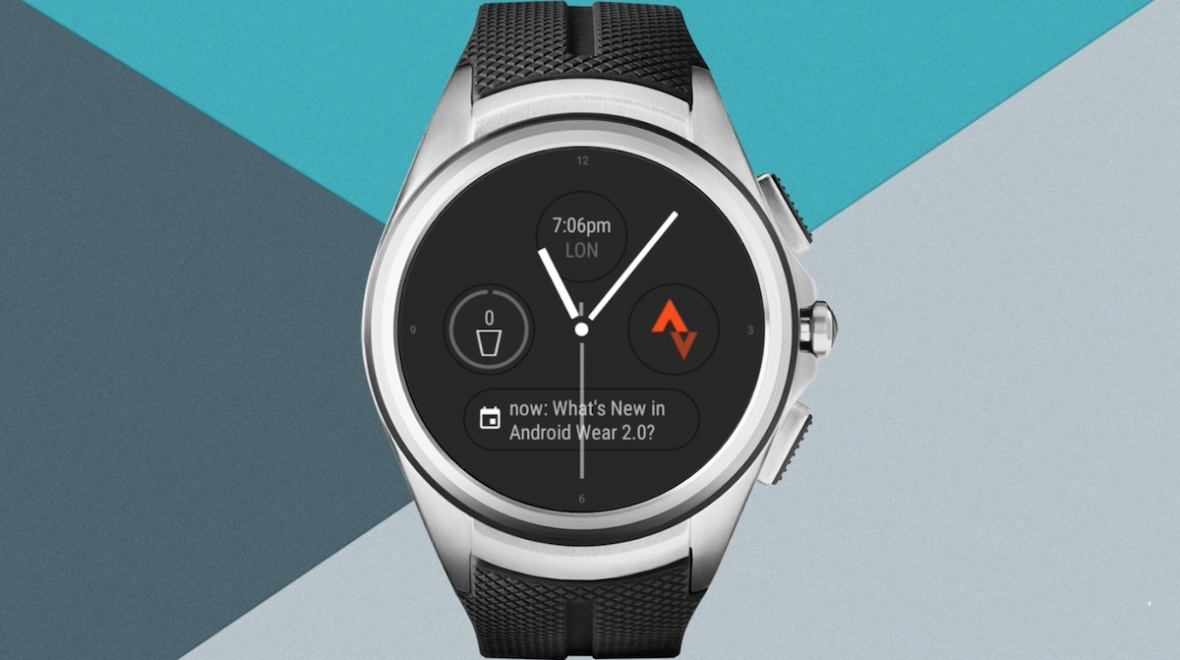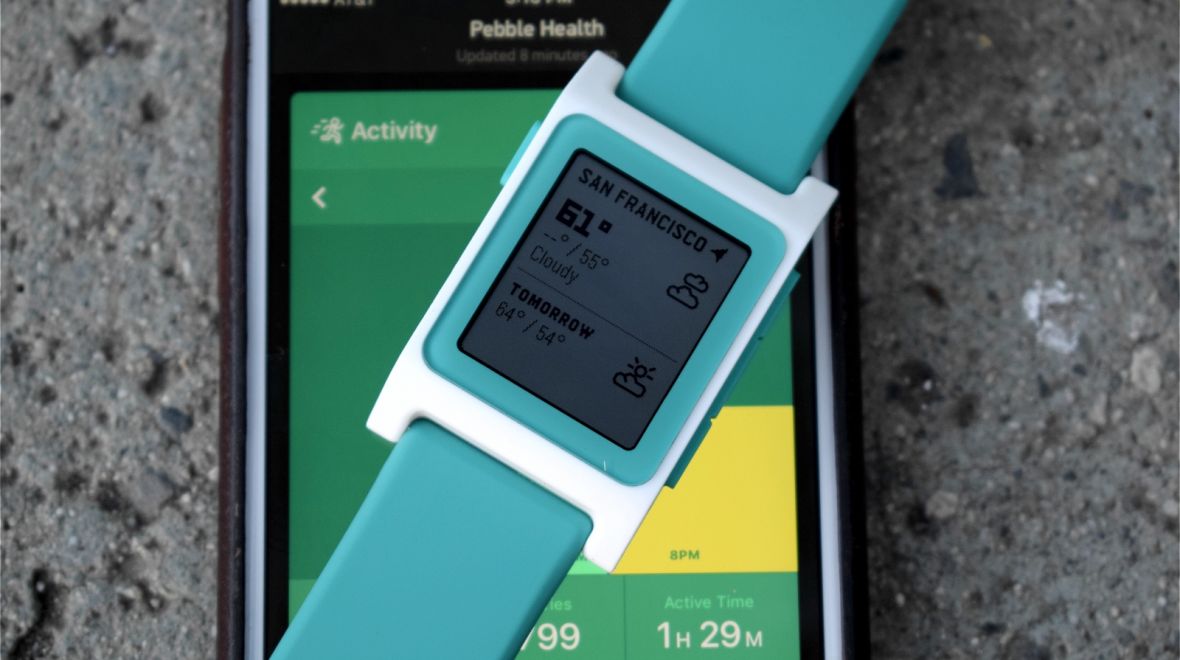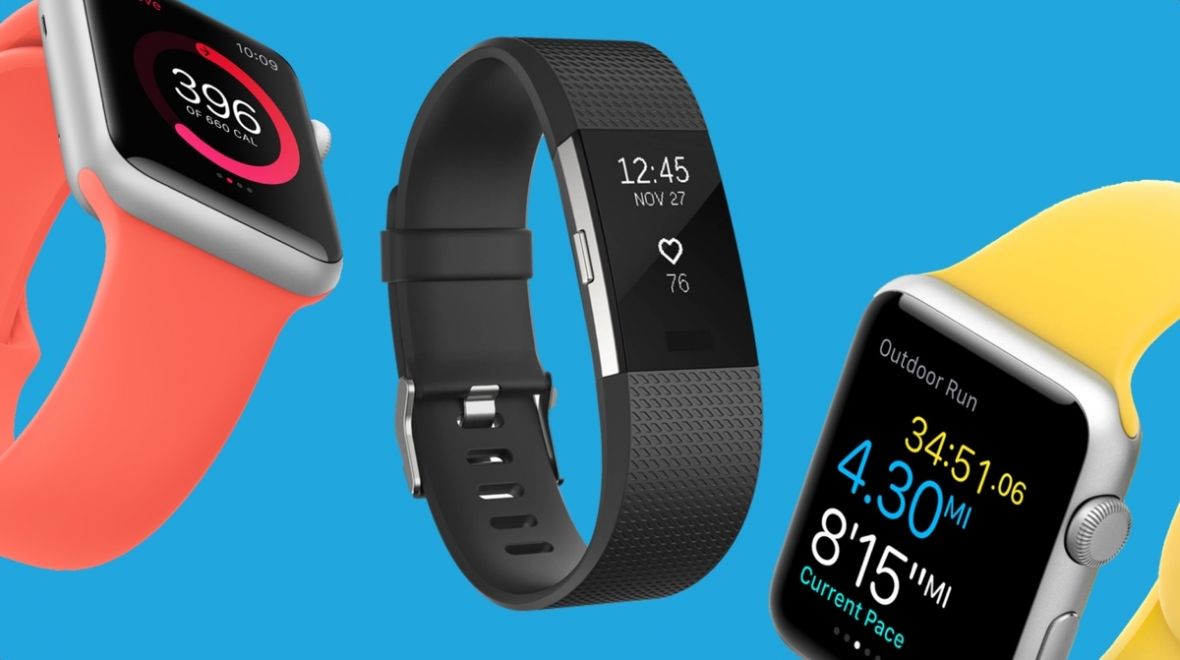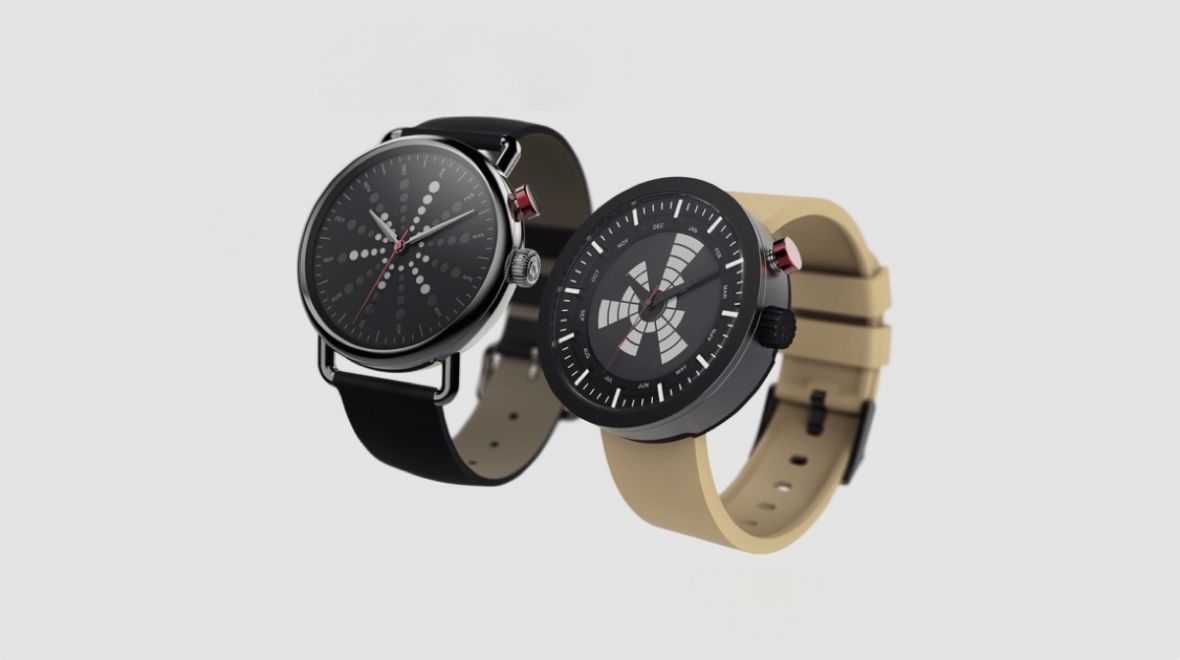Of course you know exactly what Android Wear is. You’re a regular reader of Wareable – the web’s ultimate authority on wearable devices.
But do you really know everything about Google’s smartwatch OS? Do you know exactly what Android Wear does and how it works, and what the best Android Wear smartwatches are? And do you know the must-have Android Wear
apps and all of the platform’s hidden secrets?
Do you know that Android Wear 2.0 is coming in 2017?
Do you heck. But don’t worry, we’ve got your back, so read
on and get up to speed.
So what is Android
Wear?
Announced at its I/O conference back in March 2014, Android Wear
is Google’s first dedicated smartwatch OS, based, of course, on the hugely
successful Android smartphone platform.
If you want to get techy, Android Wear is
based on the same Linux kernel as its smartphone brethren and developers will
need the latest version of Android Studio and the SDKs in order to cook up new apps,
or amend their current ones for Wear compatibility.
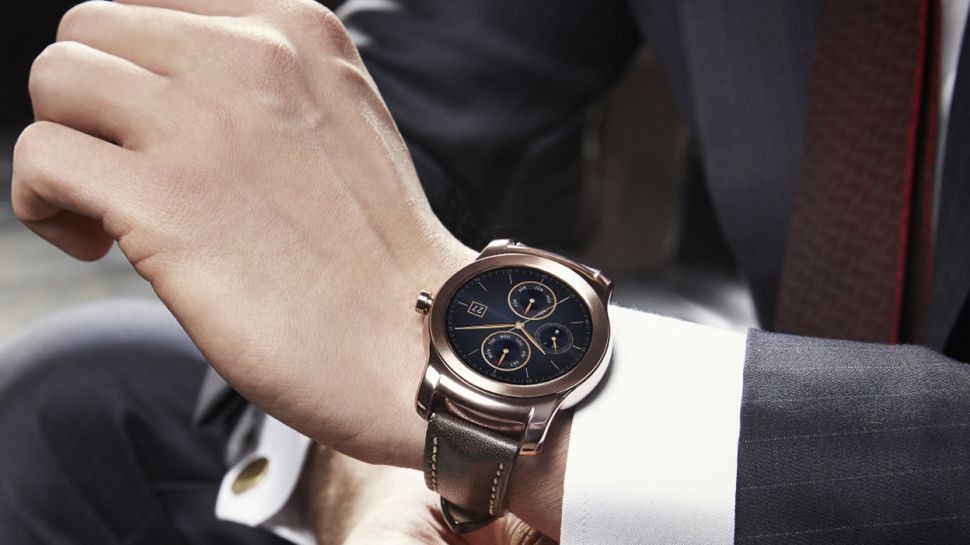
Unless you’re developing apps, all you really need
to know is that it’s a version of Android designed for the smaller screen of a
smartwatch and that you will need to be rocking an Android smartphone with
version 4.3 (Jelly Bean) or later on it.
You’ll also need a phone with Bluetooth connectivity on board but nowadays we’d
say that’s a given.
The big news is that iPhone users now get to play too. Read our guide to using Android Wear with iOS for more details.
Windows Phone users – sorry, there’s no room for
you at the Android Wear party. But you didn’t really expect to get in, did you?
Even with your new brogues on. Not a chance.
Looks aren’t skin
deep
Android Wear is as pure as the driven snow. There are no
skinned user interfaces here and not a manufacturer tweak in sight. For
vanilla-OS enthusiasts this is, of course, welcome news and we’re sure
developers will be delighted too.
It also should have meant that updates were rolled
out for all manufacturers at the same time but we’ve already seen that this isn’t quite the case.
The ability to connect to Wi-Fi networks when you’re out and about only extends to smartwatches with the right hardware – more on this later.
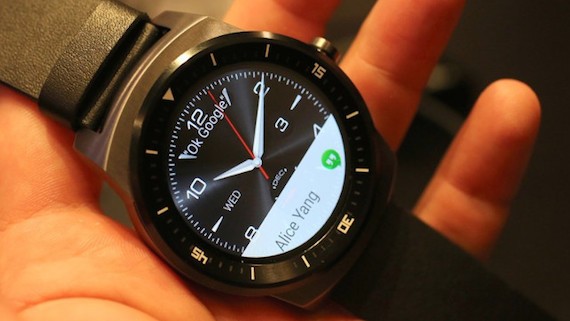
It also means that your Android Wear experience will be the
same no matter what smartwatch you decide to slap on your wrist and, great
news, it means your chosen tech-timepiece will work with any Android handset.
So the Samsung Gear Live plays just as nicely with the Sony Xperia Z5 as it does
with the Galaxy S7. ‘Manufacturer agnostic’ would be the technical way of
putting it – ‘a welcome relief’ is how we’d describe it.
Actually, we did tell a slight lie. Your Android Wear
experience may not be quite the same across all devices. And that’s because
it’s an OS designed to work on both rectangular and circular displays – but
we’ll deal with that later.
How does Android Wear work?
Android Wear, being a smartwatch OS, is understandably
focused on a couple of key areas – the first being time-telling and the second
being notifications.
You might scoff at a time-telling feature but it’s probably
the thing that you’ll use the most. You’ll have a number of pre-selected watch
faces to choose from – some swanky, some not so swanky (Tag has the swankiest) – and it’s as easy as
pressing and holding the display to scroll through them.
If you can’t find one you like then take a look on Google Play and you’ll find hundreds, if not, thousands to choose from.
All existing Android Wear devices are catered for, with round and square designs, and we’re impressed by the initial range. Some have obviously been designed with specific devices in mind, such as the gold Rebecca Minkoff design for the Moto 360.
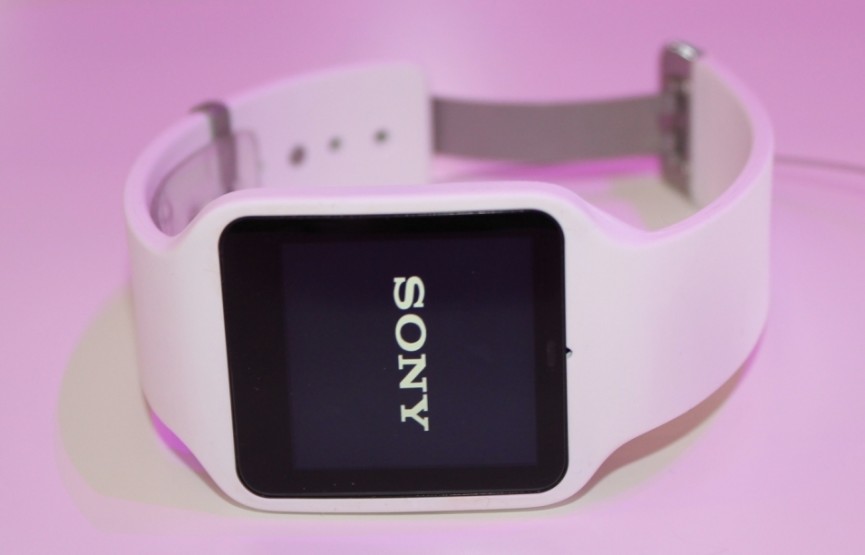
As with the propriety platforms we’ve seen so far, notifications play a big part of the
Android Wear experience. You’ll get
notified about incoming texts, WhatsApp messages, tweets you’re mentioned in,
Facebook updates, emails and more. The whole shebang.
Worried that will all get a bit annoying? Worry not – you
can manage the notifications on your smartphone’s companion app and you can
even blacklist app notifications on your smartwatch itself. Unfortunately,
there’s no way of specifying what notifications you want from an individual app
– it’s an all or nothing affair for now.
There’s also no way of scrolling back through past alerts as you can on a Pebble Time or Apple Watch. Google obviously reckons that’s what your smartphone is for.
The 5.1 update brought with it a function that allows apps to stay on at all times, but fade to black to preserve battery life.
Get in with Google
Now
Google Now powers a great deal of what you’ll see popping up
on your Android Wear smartwatch, but just like Google Now on your smartphone,
it’s still a work in progress.
At times the intuitive notifications are genius – traffic
concerns for your journey home, updated football scores for a team you search
for a lot, the weather for the day ahead when you wake up – but you’ll see some right old random nonsense cropping up too.
Google Now updates, like notifications about incoming
messages, are presented in card style, with updates from the same app or
regarding the same subject nicely stacked.
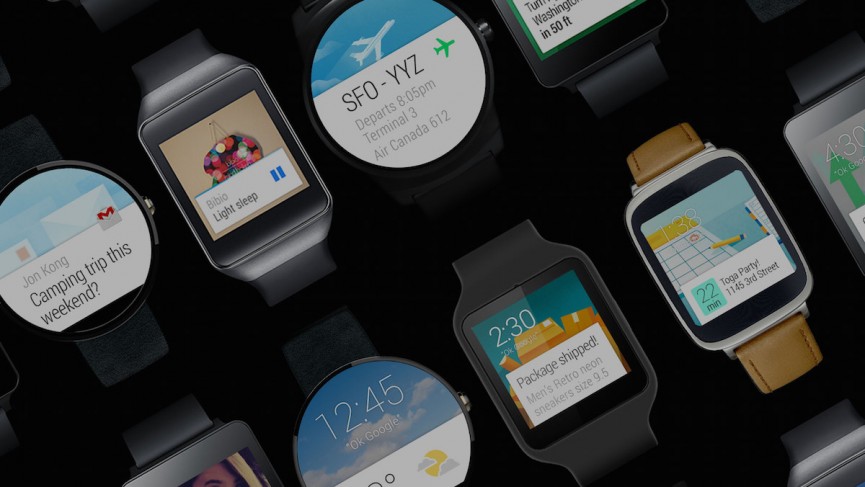
It’s a simple case of swiping up and down through the
categories and swiping sideways to see more or to get rid of the lot. You’ll
also see the option to open up the relevant app on your phone for more info.
The first major Android Wear update added further card controls. There’s now the ability to bring back a card you’ve swiped away to the right with an undo button appearing just after you’ve flicked it, making it easier to bring it back. It sounds small but it gets rid of an annoying day-to-day problem.
A further update also added the ability to navigate notifications using gestures. Flicking your wrist away from you scrolls forward one card, flicking backwards goes backwards and moving your hand up and down performs specific card actions.
The latest gesture set lets you expand a card, bring up apps or return home with a push, lift or shake of your arm.
We’ve found Google Now on our phones to be particularly useful when travelling – quick access to currency conversions, time zones, translations, photo spots… And judging by what Google is doing with Now on Android, there are a lot more to come.
Get used to talking
to your watch
Like Google Glass, a great deal of the Android Wear
experience is driven by you saying, “Ok Google,” followed by an instruction.
“Remind me… take a note… send a text… navigate to…” that sort of thing.
One killer feature is the ability to set preset defaults in
the companion app. So, for example, you can select to use the Lyft app when you
say, “Ok Google call a taxi,” or have Evernote record your thoughts when you
say, “Ok Google, take a note”.
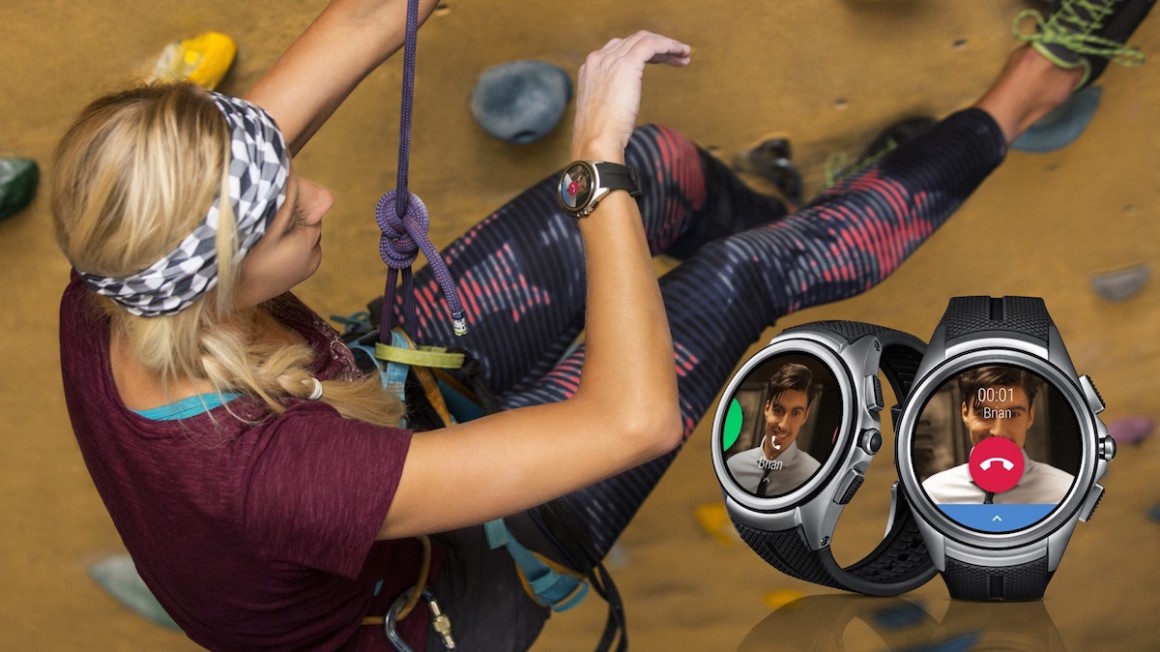
Your Android Wear watch is active as soon as you lift your
arm and is ready and waiting for your “Ok Google” instructions.
If you want to dictate
messages to send, be aware that you’ll need to enable contact recognition
through your smartphone’s security settings.
If your smartwatch happens to be a Huawei Watch or the larger 42mm Asus ZenWatch 2, you’ll be one of the few who can use your Android wearable to make and take calls through Bluetooth, and listen to audio and video messages with the Glide app, following the latest 1.4 update.
The update also means saying you can verbally send messages through apps like WhatsApp, Google Hangouts, Nextplus, Telegram, Viber and WeChat.
Make sure you also read our guide to using voice commands on your Android Wear smartwatch.
Android Wear app
action
We’ve mentioned apps a few times now so it’s only fair we
explain just how they work on Android Wear, as it’s not like your regular
smartphone app setup.
Apps are installed through your phone (and the regular
Google Play store). Apps that have Wear compatibility will either link up with
your smartwatch and offer you control options (such as navigating your Spotify
tracks or getting turn-by-turn directions from Google Maps) or present to you a
mini app within the watch itself. Runkeeper is a good example of this; it
provides a nice tracking UI for when you’re out on a jog.
The apps, and default actions, are managed using the
smartphone Android Wear app and the good news is you can have more than one
Android Wear device paired up at any time.
There are almost 300 apps showing in the Google Play store as
Android Wear friendly, although you’ll find more than double that outside of
Google’s curated list.
Be sure to check out our best Android Wear apps round-up
for our pick of the ever-growing bunch and take a butcher’s at our step-by-step guide to installing Android Wear apps.
What about the Android Wear updates?
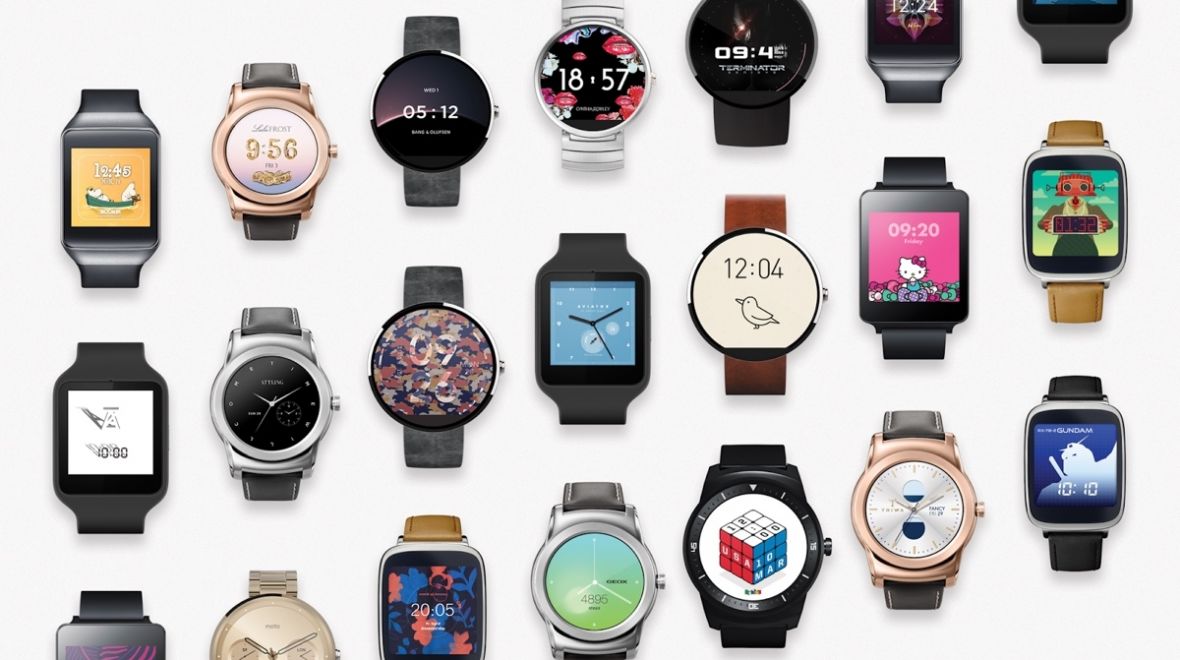
You may have heard about Android Wear 2.0, Android Wear 5.1 or even Android Wear Marshmallow; but none of these were official monikers… until recently, at least.
The first Android Wear update added GPS support for the platform, meaning that you could go running and track your stats without the need for smartphone tethering with a compatible app – if your watch has GPS connectivity that is; currently that means just the Sony Smartwatch 3 and the Moto 360 Sport, though the Polar M600 will also boast GPS when it launches later this year.
While on your run you’ll also be able to listen to your tunes without your smartphone, using your Bluetooth headphones, thanks to the offline music syncing feature the update also brings.
A second update also arrived in December 2014, adding support for downloadable watch faces, making it much easier for devs to offer up designs and, more importantly, it’s now a doddle for users to grab new designs.
Another update, announced in April 2015, added the always-on app feature and the gesture controls we’ve already mentioned, along with Wi-Fi connectivity and emojis.
A tweak in August 2015 added the interactive watch faces and watch-to-watch communications using Google’s Together app.
Wi-Fi support means that if you’re at home or in the office, you don’t need to rely on Bluetooth to connect your phone to your watch. It also means if your watch is connected to Wi-Fi elsewhere and you don’t have your phone, it will pick up notifications. This works on all Android Wear smartwatches apart from the Asus ZenWatch, LG G Watch and LG G Watch R.
Google seemingly realised that a list of actions wasn’t the most helpful thing to pop up when you tap the watch face. So now there’s a new menu system which means that with one tap, you can access a list of apps. It’s a bit like the popular Wear Mini Launcher app, although much easier to access and much nicer looking.
The latest update, dubbed 1.4, added the cellular connectivity options, a host of new gesture controls and a new audio feedback feature that reads the time and notification cards, including the actions you can perform on them.
The “most significant Android Wear update” so far – Google’s words, not ours – is the official Android Wear 2.0 platform which was due to launch in 2016 – but has been delayed until next year.
It will bring with it standalone apps, automatic fitness tracking, a bunch of new watch faces, new input methods, extra functionality for iPhone users and a whole new design. Check out the image below – pretty swanky right?
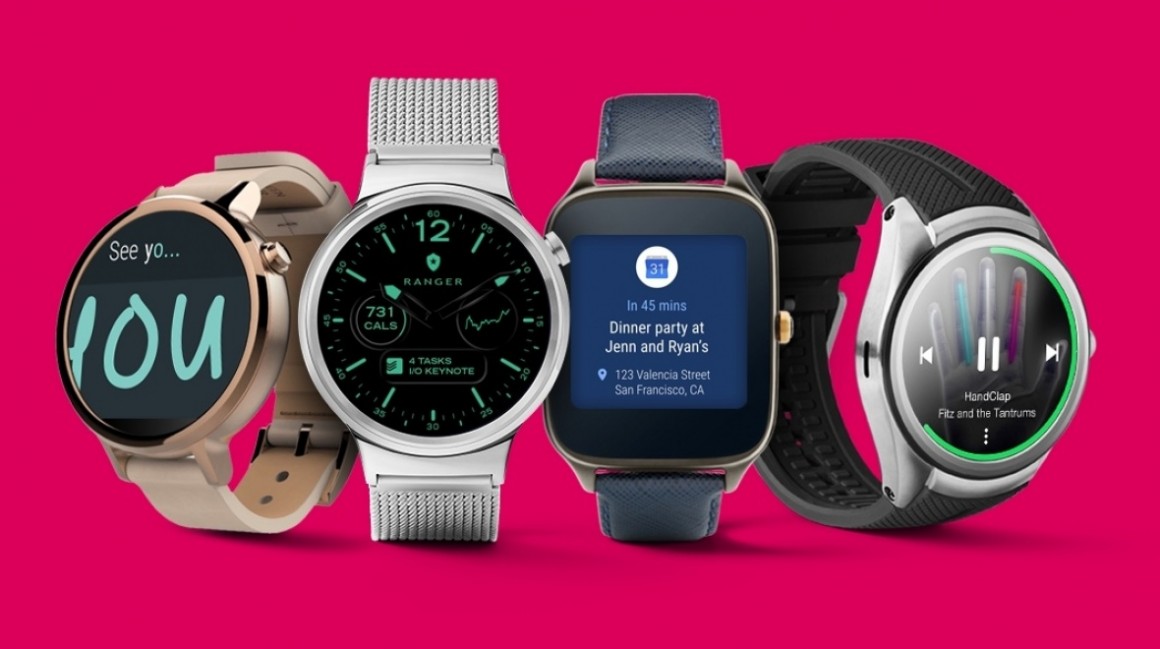
What Android Wear smartwatch is for you?
At the time of writing there are 21 different Android Wear smartwatches. And there RE a few that have been announced that are yet to hit the shops.
For more details on which one suits you best check out our Android Wear buyers’ guide.
Customising your Android Wear watch
Mode watchbands arrived in May 2016, letting you choose from silicone and leather with four sizes in each material and 16 colours. More options should be available over time since it’s an open source design.
Mode uses a snap-and-go mechanism that lets you switch out the straps faster and more easily and is compatible with any watch that utilises the pin system. The only Android Wear watches Mode is not compatible with are the LG Watch Urbane 2nd Edition LTE, original Moto 360, Moto 360 Sport and Sony Smartwatch 3.
The silicone bands are $49.99 and the leather bands are $59.99.
Android Wear hidden
features
There’s also a plethora of hidden Android Wear secrets and hidden
features we haven’t told you about yet. From running a full web browser on your
wrist to having a mini-launcher installed on your smartwatch, hop on over to
our guide to the best Android Wear hidden features and find out all about them.
Then, and only then, can you really be considered an
authority on Android Wear.
SOURCE:http://www.wareable.com/android-wear/what-is-android-wear-comprehensive-guide
